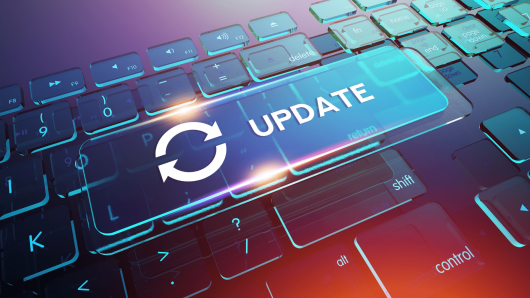When the Amazon Attribution program was first launched in 2019, it was available only as a beta to Amazon vendors and brand-registered sellers. Today, access has expanded to include:
- Professional sellers enrolled in the Amazon Brand Registry
- Vendors
- Agencies representing eligible sellers and vendors
- Kindle Direct Publishing (KDP) authors
This broader access means that more sellers than ever can track how their non-Amazon marketing efforts are impacting shoppers and sales on the Amazon site with Amazon Attribution.
What Can Be Tracked Now?
With the evolution of the Amazon Attribution program, brands have been able to track a wider range of activities using the tool. Now, Attribution allows for the tracking of traffic and conversions from a wide range of non-Amazon marketing channels, including,
- Paid and organic search
- Social media platforms
- Display and video ads
- Email campaigns
- Influencer links
When the beta first launched, many of these channels were limited to vendors; however, these insights are now included in the Attribution dashboard, housed within the Amazon Ads Console. Brands will be able to view key performance metrics, including clicks, detail page views, add-to-cart actions, and, most importantly, purchases.
Addition of the Brand Referral Bonus
In 2021, Amazon added the Brand Referral Bonus program as an initiative that rewards sellers for driving traffic from off-Amazon sources. On average, brands that participate in this program receive a 10% referral bonus for qualifying sales generated from external traffic. The 10% bonus is calculated off the selling price of the item traffic is directed to, and the percentage varies based on the product category. But how does this relate to Attribution? The Attribution program is the backbone that informs Amazon of this outside traffic, including the channel it’s coming from, the product being featured, and whether the shopper’s action qualifies the brand for the bonus.
What Does This Mean for Brands on Amazon?
Amazon Attribution is no longer a beta curiosity – it’s become a full-fledged marketing tool that brands cannot afford to ignore. With wider access, more data, meaningful financial incentives, and increased off-Amazon channels than ever, brands now have the resources to measure and improve their external marketing efforts in relation to Amazon.
Whether you’re running paid social campaigns, working with influencers, or building up your brand with video content, Amazon Attribution gives you the power to connect the dots from click to conversion.
What’s the Catch?
The catch is that the destination link of any marketing content must lead back to Amazon. While this may seem like an obvious point, it has often been a hang-up for brands that want shoppers to make purchases on their D2C sites. Why spend so much time, creative, and ad dollars to generate a sale on Amazon rather than their own branded site? The answer is simple: most shoppers are more willing to purchase from Amazon than from a brand-owned site. A 2024 shopper survey found that “…an audience of 200 million Prime members who often spend on DTC sites and prefer the Prime experience. Shoppers have become so accustomed to the Amazon shopping experience, that brands see higher conversion rates on the Amazon site for new-to-brand shoppers than they do on their own branded sites.”
What Can Brands Do?
It’s simple. Test.
Set up the same campaigns, with different destination links: one to the brand’s DTC site and the other with the Amazon Attribution link. Then, measure the conversion rate. Over time, you’ll be able to determine which ads convert better for specific audiences, allowing you to refine your ad strategy based on what works best for each audience segment.
The Amazon Attribution beta has come a long way since its initial launch. Using it does not feel like the same tool today in 2025 that it did back in 2019. Brands and marketers who underestimate the capabilities of the Amazon Attribution tool are setting themselves up to fall behind and miss out on valuable insights into their customer base, as well as an opportunity to recoup some of their investment through the Brand Referral Bonus program.




